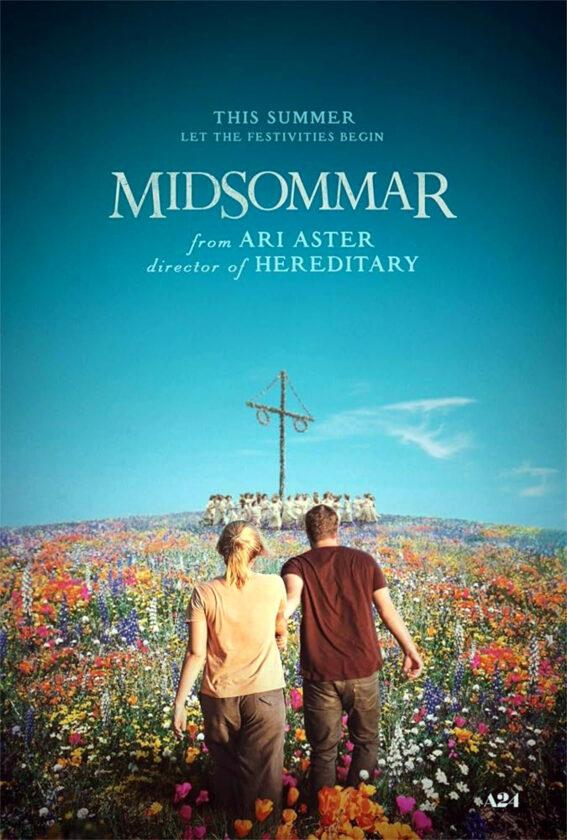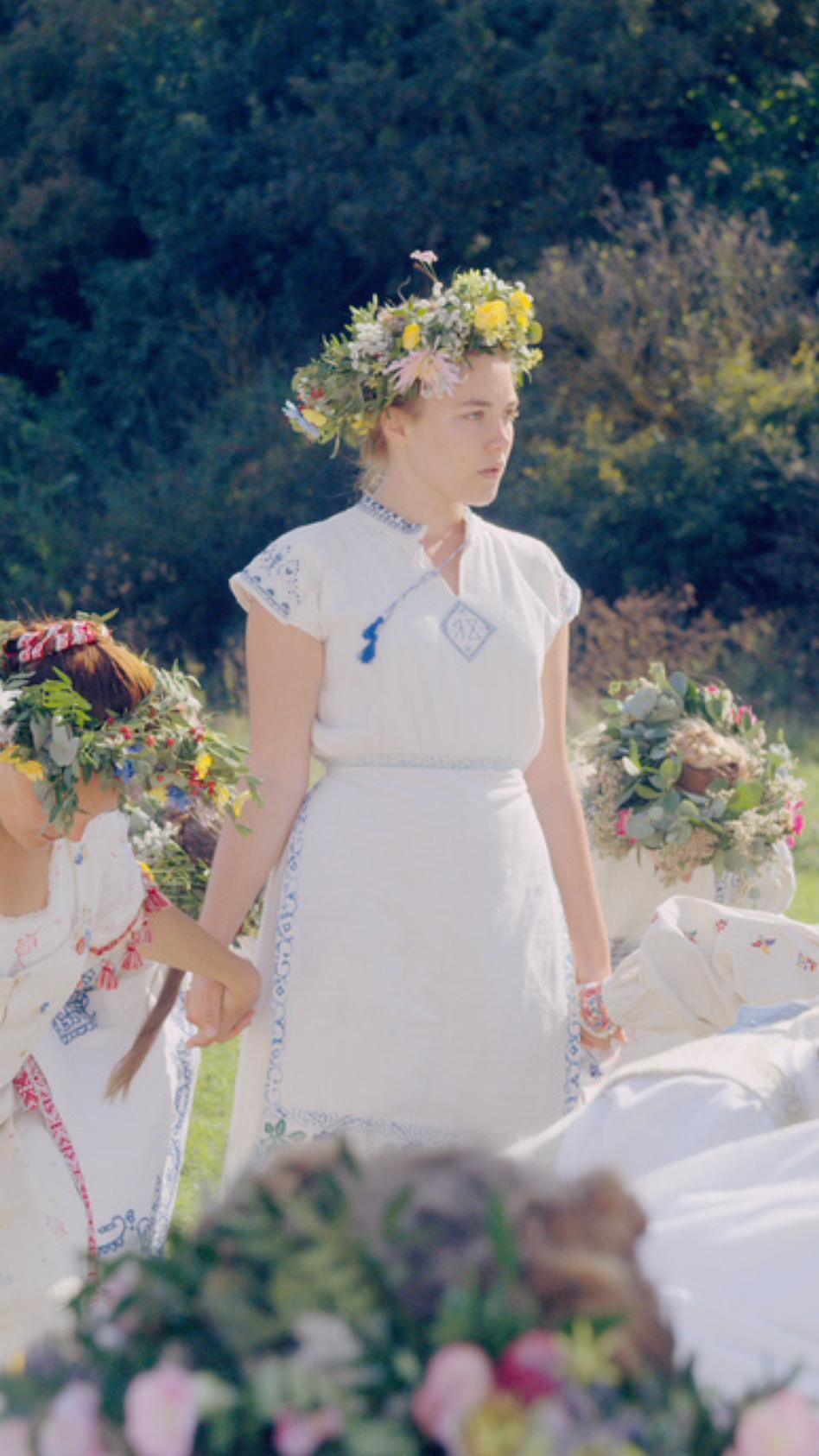In recent years, the horror genre has witnessed a resurgence, with filmmakers pushing boundaries to explore the depths of human fear and psychological tension. Among these cinematic ventures is Ari Aster‘s 2019 film, Midsommar, a visually stunning yet unsettling narrative that has sparked considerable debate regarding its suitability for mainstream audiences. This article seeks to dissect the elements that contribute to the film’s disturbing nature, examining whether its graphic content, psychological themes, and cultural motifs render it too unsettling for general viewership. By analyzing audience reactions and critical perspectives, we aim to understand the film’s impact on viewers and its place within the broader context of horror cinema.
Exploring the Psychological Impact of Midsommar on Viewers
Midsommar, directed by Ari Aster, is a film that has sparked a range of psychological responses from its viewers. The movie’s unsettling atmosphere and stark daylight horror are designed to evoke discomfort and introspection. Some key psychological impacts experienced by audiences include:
- Anxiety and Unease: The continuous tension without the release of traditional jump scares leaves viewers in a state of prolonged unease.
- Empathy and Relatability: The film explores themes of grief, relationships, and cultural alienation, prompting viewers to reflect on their personal experiences and emotions.
- Cultural Disorientation: The juxtaposition of the idyllic Swedish landscape with the sinister rituals challenges viewers’ perceptions of normalcy and safety.
Moreover, the film’s use of psychedelic imagery and symbolism can lead to introspective thought, encouraging audiences to question their reality and moral boundaries. This psychological journey is not just about horror; it’s a deep dive into the human psyche, making it both a captivating and potentially disturbing experience for mainstream audiences. While some may find the film’s approach refreshing and thought-provoking, others might perceive it as too intense or unsettling, highlighting the diverse reactions it provokes.

Analyzing Cultural and Emotional Themes in Midsommar
Ari Aster’s Midsommar is a tapestry woven with intricate cultural and emotional themes that challenge the viewer’s perception of horror. At its core, the film explores the juxtaposition of light and darkness, both literally and metaphorically. The setting, a seemingly idyllic Swedish village bathed in perpetual daylight, contrasts sharply with the dark, underlying rituals practiced by the community. This creates a unique atmosphere where the expected safety of daylight is subverted, leaving audiences unsettled and questioning the nature of horror itself.
Emotionally, the film delves into the complexities of grief and trauma. The protagonist, Dani, grapples with overwhelming personal loss, which is mirrored by the communal experiences of the Hårga people. This shared emotional journey blurs the lines between horror and catharsis, prompting viewers to reflect on their own responses to trauma. Key cultural themes include:
- Ritual and Tradition: The depiction of ancient rites highlights the tension between modern sensibilities and age-old customs.
- Community and Isolation: The contrast between Dani’s alienation and her eventual integration into the Hårga community serves as a poignant commentary on belonging and identity.
- Nature and Humanity: The interplay between the natural world and human behavior questions the impact of environment on societal norms.
These elements combine to create a narrative that is both deeply unsettling and profoundly thought-provoking, pushing the boundaries of what mainstream audiences might expect from a horror film.

Assessing Midsommars Suitability for Mainstream Audiences
The film Midsommar, directed by Ari Aster, presents a unique challenge when considering its suitability for mainstream audiences. This psychological horror piece diverges from traditional horror tropes, opting instead for a slow-burning narrative that is punctuated by intense and often unsettling visuals. The film’s reliance on graphic imagery, psychological tension, and themes of grief and trauma may not resonate with viewers accustomed to more conventional storytelling. Unlike typical horror films that rely heavily on jump scares, Midsommar uses its unsettling atmosphere and underlying themes to create a sense of dread, which can be more disturbing to some audiences.
When evaluating its appeal, it’s essential to consider several factors:
- Visual Style: The bright, sunlit setting contrasts with the dark themes, which might be jarring for viewers expecting traditional horror aesthetics.
- Character Development: The film focuses heavily on the emotional and psychological journey of its characters, which can either captivate or alienate viewers looking for straightforward horror.
- Cultural Context: The depiction of Swedish pagan rituals is integral to the plot, potentially intriguing for some but bewildering for others unfamiliar with such contexts.
Ultimately, Midsommar offers a rich tapestry of storytelling that may be appreciated by those interested in exploring the boundaries of horror cinema, yet it poses significant challenges for viewers seeking conventional horror experiences. The film’s distinct approach requires an open mind and a willingness to engage with its complex narrative and unsettling imagery.

Recommendations for Sensitive Viewers Considering Midsommar
For those who find themselves sensitive to intense or graphic content, Midsommar presents a unique challenge. While the film is visually stunning, it contains scenes that may be unsettling for some viewers. It’s important to be aware of the elements that contribute to its disturbing nature:
- Graphic Violence: Certain scenes depict graphic violence that can be jarring. If you are uncomfortable with explicit depictions of harm, it may be best to approach with caution.
- Psychological Intensity: The film explores themes of grief, trauma, and emotional manipulation, which can resonate deeply with viewers who have experienced similar issues.
- Cultural Rituals: The portrayal of foreign and unfamiliar cultural rituals can evoke feelings of unease, especially when they challenge societal norms.
Given these factors, sensitive viewers may want to consider whether the potential impact aligns with their personal comfort levels. For those who decide to proceed, it may be helpful to watch with a trusted friend or in an environment where you feel safe and supported.
